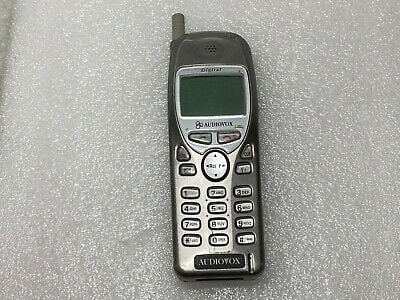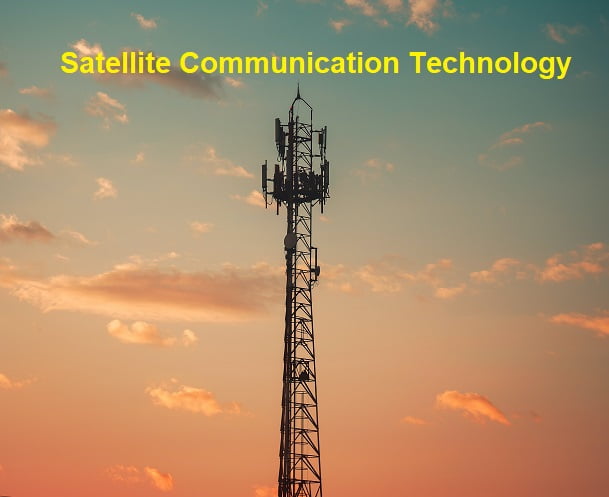Satellite Communication Technology Development
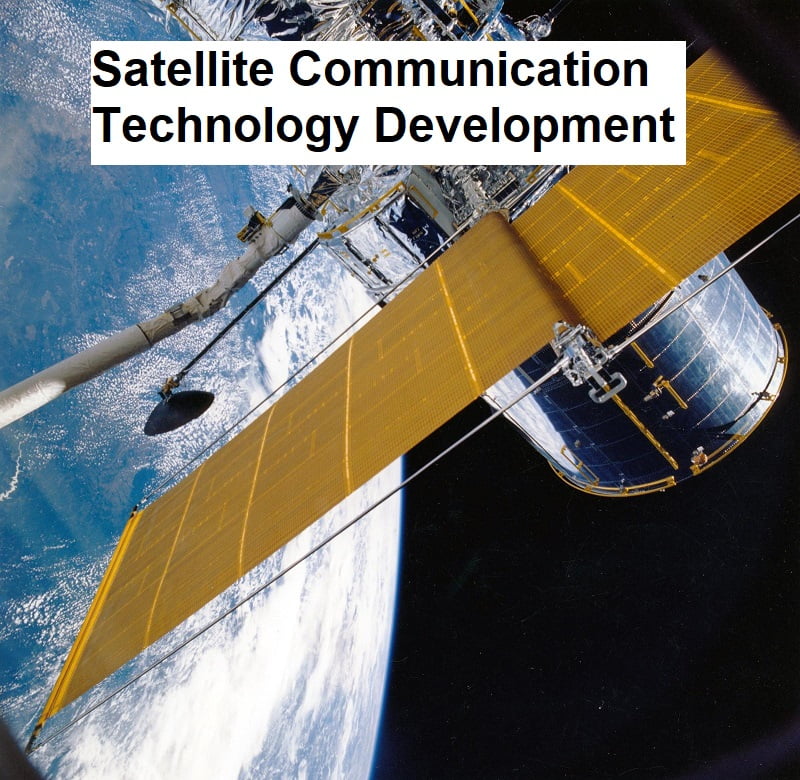
Satellite Communication Technology Development
Satellite Communication Technology Development Satellites have been orbiting the earth for several decades now, and are constantly contributing to the evolution of global communication.
Satellite cell phones have made it possible for people to make phone calls from anywhere in the world, no matter how remote their location,

and have been extremely useful in coordination of many activities ranging from scientific exploration to military operations.
Portable satellite radio is another important technology that has emerged in recent years, allowing users to subscribe to and access radio channels from around the world for either entertainment or informational purposes.
Satellite Communication Technology Development 2022
One small problem with satellite communication technology, however, is the sheer distance involved in communicating with orbiting satellites, which can cause a slight delay in transmission time.
This, of course, is of no consequence to satellite radio, but it can be a slight problem for two-way communication services such as broadband and phone.
The only way to reduce the time delay involved in satellite transmission is to use lower orbits for satellites, thus reducing the distance involved in transmission.
Lower orbits are already being used for some purposes, but there are many challenges that must be overcome in order to make such a transition. Satellite Communication Technology Development
Advancements in satellite technology have been plentiful in the past few years, and more are expected in the future. It will be very interesting to watch the development of this evolving technology over the coming years and beyond.
What You Need To Know About Inbound Call Centers
Call centers provide phone-based services to clientsor customers either in the private or public sector.
Call centers have become an important communication channel to acquire new customers as well as to support existing ones.
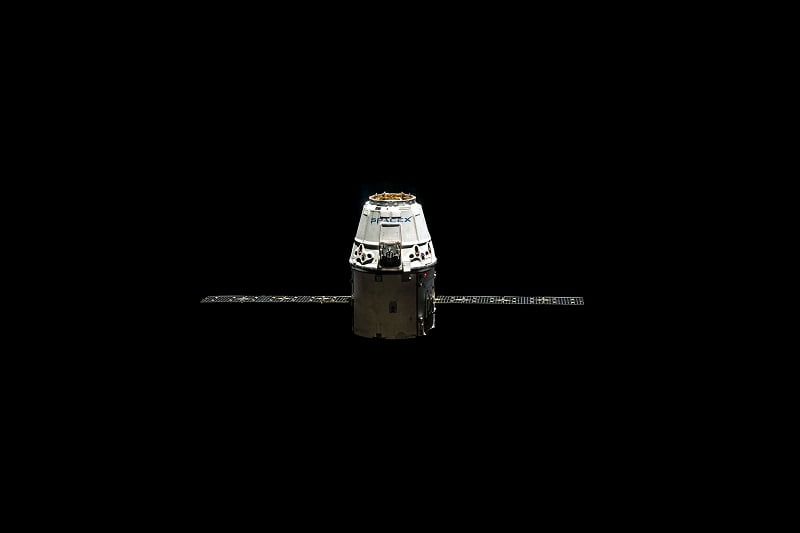
During the past few years, the numberof call centers and the number of employees or agents
has been growing rapidly demonstrating the increasing importance of call centers.
The direction in which the contact between the customer and the agent is distinguished through inbound and outbound call centers.
In inbound call centers, the agents receive calls from outside customers, and therefore these call centers are driven by random customer call arrivals.
In order to achieve customer satisfaction, short expected waiting times are important. The performance can also be measured by waiting times, availability of service, or customer
abandonment.
How Inbound Call Centers Work
Inbound call centers are there to receive calls from existing or potential clients. Normally, the quality of communication in these kinds of call centers,
is perhaps more important than that of outbound call centers, wherein the agents initiate contact with potential clients.
Satellite Communication Technology Development
In case the client is the one to
contact the call center, one thing can be certain: the client requires aid or information that the agent must be able to supply.
Typically, the client’s query can be answered by the
first agent who takes the call.
In that process, there
is no waiting or lag time, and the client is assured that the company has the answers he or she needs. However, it is impossible to have an expert answer every
single call due to the utter volume of inbound
calls that a usual call center receives. For this reason, most inbound call centers rely on a tier system in order to deal with several incoming calls.
Also called the multi-tier support, the tier system is a foundation of call centers handling inbound calls. In this instance, the client who has a specific question or complaint about a product he or she has purchased from the company, the first tier employee can transfer the call to a technical support specialist.
However, most inbound call centers that use the multi-tier support system have a total of three tiers with the third tier consisting of developers or engineers of the technology or the product.
Through this, the majority of customer requests and questions can be dealt with effectively and quickly. Basically,
if the client is satisfied with the responses and if there are no waiting time, the call center is doing a good job. The importance of satisfactory communication should not be underestimated.
The Role of Technology in Inbound Call Centers
Aside from the multi-tier support, technology also has a role to play in facilitating the company’s method in dealing with inbound calls.
The data received from inbound calls are normally recorder and reported making the call center effectively predict the type of information and the number of agents in each tier that will be needed in the future.
Through this, the time at which the calls are transmitted between agents continues to develop and calls can be answered faster.
The technology that minimizes the waiting time and answers and transfers calls quickly often leads directly to increased customer satisfaction.
However, the use of technology will always be a support instead of a substitute for human interaction.
The agents or the employees remain the backbone of inbound call centers and the only means of ensuring customer satisfaction and preservation is through the quality of communication.
Behind Satellite TV
It is with no doubt that technology has become an integral part of your living. The sights and sounds of your everyday activities are remarkably enhanced due to the contributions of the different innovations and inventions.
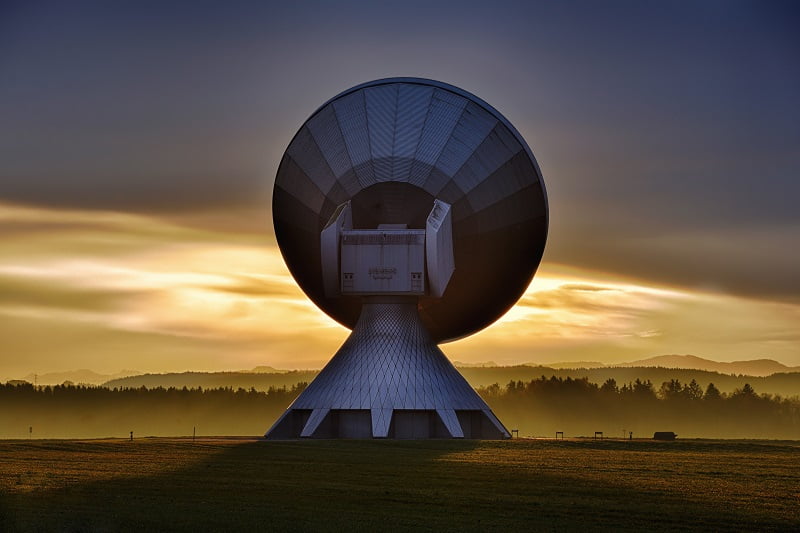
But do you ever wonder how these magnificent developments come into being? Come with and venture behind the scenes of the globally encompassing science of satellite television.
Satellite television or simply satellite TV is brought right at the very center of your living room via communication satellites situated around the planet.
The feed from these satellites are received by a satellite dish and a set-top box. Viewing entertainment and information means are made possible because of this technology especially in areas around the globe that are not reached by your known cable TV providers.
Take a step back and look at how this technological breakthrough came into life. It all started on that fateful year of 1962 when Telstar satellite of Europe gave North America its first satellite television signal.
Then things started to pick up. 1963 saw the launching of Syncom 2. It was considered the first geosynchronous communication satellite.
Commercial satellite communication made its way through the Intelstat I on April 6, 1965. It was tagged as the Early Bird.
The Soviet Union which was s technological power during this time sent the Orbita flying to the skies in 1967.
This marked the beginning of satellite TV in a national network. Its technology worked on the concept of Molniya satellite which delivered TV signals towards stationed links on the ground.
The Canadian Anik 1 which took off in 1972 was recognized as the first carrier of television in North American homes. Two years later the ATS-6 became the first direct broadcast satellite.
In this year the Soviet struck again by boosting a geostationary satellite that can direct-to-home television. Its name was Ekran.
After browsing the history pages let’s move forward to how things rack up in satellite television.
Television signals are powered through your homes by utilizing satellites that are either highly elliptical or in geostationary orbit.
These satellites are situated on top of the equator of the Earth.
Transmission is made possible by uplink facilities. These facilities have antenna that carry the transmissions.
There are uplink satellite dishes that can have diameters as huge as 30 to 40 feet. The large size is necessary in order to facilitate precise aiming and stronger signal to the satellite.
A certain satellite and an uplink dish are oriented face-to-face. A specific frequency range is then set and it is up to the transponders placed on the satellite to make communication possible.
The transponders function by redirecting signals back to the earth this time using a different set of frequency band. This method is called as translation. It is used in order to prevent interference with an uplink signal.
The downlink that you may be familiar of is known as the path of signal received by the planet from the roaming satellite. Basically there are about 32 transponders for your typical satellite.
These transponders work in bandwidths ranging from 27 to 50 megahertz.
Technology comes in different shapes and sizes that is why it is important for you to somehow have familiarity in how things work. Don’ just be contented on knowing what’s behind satellite television go on and explore more.
Indoor Satellite Radio Antenna
Technology has always played a major role in enhancing the lives of many people and in enabling human beings to explore the boundless possibilities beyond the realm of physical capabilities.
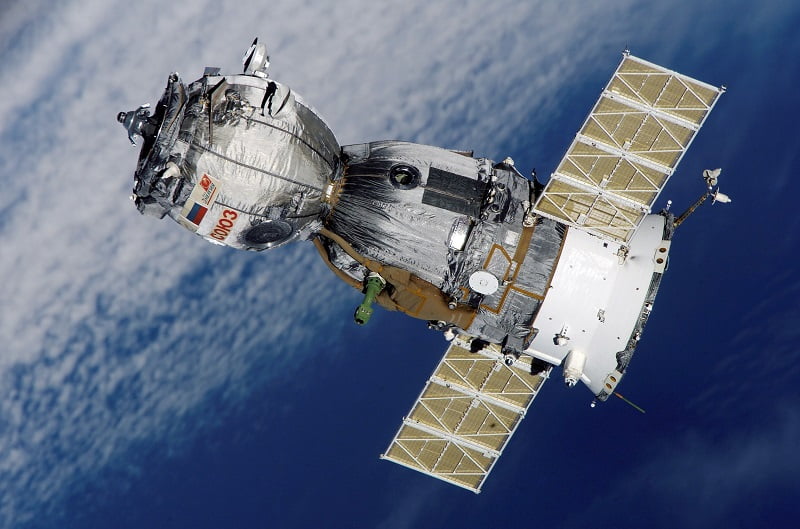
Technology allows us to create and develop exciting things that we would never be able to achieve with our own bare hands, or even achieve extraordinary feats if it were not for the aid of applied science.
In the area of communication, there are a number of products that have certainly enhance the convenience, realibility and efficiency of the system like we have never known it before. One of the most remarkable advancements is the satellite
radio communication system that allows crystal clear broadcasting in virtually any parts of the world. As its name suggest, this technology
uses satellites to provide unrivaled and uninterrupted music streaming that one can never have from the conventional radio system that we have all come to know.
It works much like cable TV, where people subscribe for the services on a monthly basis. Today, there are currently three companies in America that are competing to get the widest marketing share – XM, Sirius and Worldspace.
How does it exactly work? An indoor satellite radio antenna is usually mounted on the window of your home and is mostly ideally facing the south side,
since it is known that one can get the best signal from that angle. A properly installed antenna will greatly help in the reception of your radio,
so it is better to seek professional help when mounting your new indoor satellite radio antenna. This is a more convenient and less expensive option, especially for residential owners in comparison to outdoor antennas.
After having mounted your indoor satellite radio antenna, you can easily enjoy crystal clear reception of over 100 music channels, entertainment and sports program and even keep abreast with the latest developments in the world news.
These are the main reasons why there is a rather dramatic shift in the radio communications industry over the past years.
People are certainly clamoring for better performance when it comes to communication and entertainment system, and the satellite radio system is just in time to provide consumers what they need.
Aside from the indoor satellite radio antenna, which is specifically designed for residential use, the satellite radio companies are currently in a very tough competition over who gets the most number of contracts with car manufacturing companies.
This move will offer people music streaming even if they are mobile or at a very remote part of the world. Technology has also found a way in changing the way we think
and live our lives, and apparently the satellite radio system is here to stay to enhance our radio experience for the better.
Satellite Communication Security
Communications Intelligence (COMINT) involving the covert interception of foreign communications has been practiced by almost every advanced nation since international telecommunications became available.
COMINT is a large-scale industrial activity providing consumers with intelligence on diplomatic, economic and scientific developments.
Various communication intelligence equipments have been and are been designed in order to provide all with a secure communication channel.
As satellite communications is growing day by day and is taking the major seat in the global communication network, products are being designed keeping the Security issue in mind.
One of the fast developing technologies in Communication industry provides secure solutions through VSAT Interception, Monitoring and logging systems.
The system is designed for real time collection and traffic analysis of VSAT Satellite Networks. It would provide for total traffic (Voice/ FAX, Data and Multimedia) analysis of TDM/TDMA and SCPC DAMA systems.
Further the system is based on a modular hardware and software architecture, allowing the end customer the flexibility of processing multiple channels simultaneously.
The system also provides a GUI for all functions such as equipment control, monitoring, storage etc.
Such a system would be very beneficial and useful especially for the government organizations working for the Defense, as it would have the capability of monitoring the overall target VSAT systems traffic analysis of data, voice and multimedia.
The system is a total integrated and engineered solution for the purpose of monitoring, analysis and processing of multiple target VSAT stations from one remote site.
In case of TDM/TDMA networks, the system provides generic monitoring and processing capability for inbound/outbound traffic.
Such systems provide us with a Secure Gateway for any type of communication, let it be Voice, Data, Fax or multimedia.
Satellite Radio Communication
Several decades ago the thought of having a radio transmission through the use of space satellites have been quite an ambitious idea to say the least.
Although there were certainly people who have toyed with the idea and had a keen foresight, this technological development was rather slow in coming.
It was a British scientist and writer Arthur c. Clarke who actually proposed the very idea way back in 1945. His ideas were very much similar to the concept of the satellite radio communication that we have today,
which is using geostationary satellites for radio broadcasting and communication. Soon after the idea took root and have driven scientist to test the possibilities of satellite radio communication.
Among the very first and one of the most popular satellite transmission was the Echo 1, which was launched in 1960.
The satellite was fashioned like a balloon made of Mylar plastic coating and thin aluminum layer. The said project have been successful in transmitting radio signals, and encouraged further tests and trials.
Soon after, the Telstar was launched and has transmitted. These are just a few of the finer points in the history and development of the satellite radio communication over the years.
Today, the modern satellite radio communication systems have effectively broken the barriers of ground-based transmissions.
This advancement in technology have ushered in the availability of crystal clear radio programming even if you are practically traveling in a remote area.
Both video and audio streaming were made capable because of the satellite radio communication system.
There are currently three satellite radio service providers in America today- XM, Worldspace and Sirius. All three companies offer subscription-based services much similar to that of the cable television payment schemes.
Although there were a lot of people who were quite skeptical as to the marketability of the satellite radio services, there is showing promising successes in various market niches.
Apparently, there are a great number of people who are quite willing to pay an extra amount in exchange for a clear radio reception anytime and anywhere.
Most of the services require a minimum monthly cost of $ 12-15, a rather negligible amount that most people would not mind paying for an uninterrupted music streaming.
The three service providers have certainly done their assignments and have offered much more than live music broadcasting.
The lure more clients by providing a number of entertainments such talk shows, sports commentaries and updated news from all over the world.
This has proven to be quite too much of a temptation for most people and therefore resulted to a rapid increase in the number of subscribers over the years.
satellite communications pdf,satellite communication,satellite system pdf,tutorialspoint satellite communication,applications of satellite communication,types of satellites,passive and active satellite,artificial satellite,


